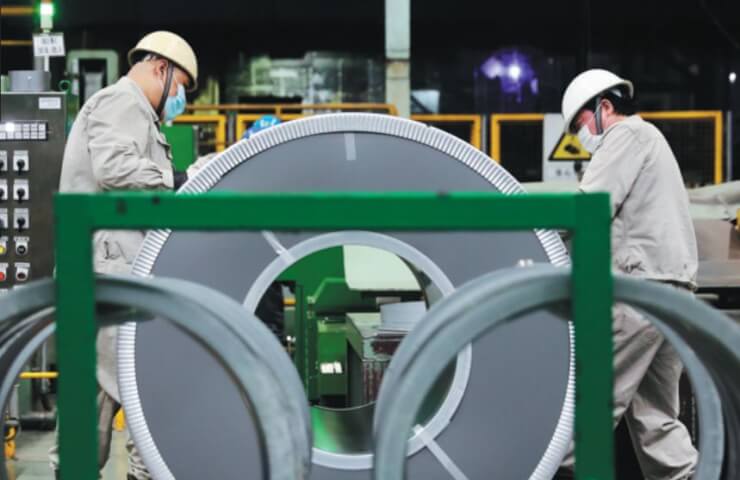Inside the cold rolling shop of China's largest metallurgical company Baosteel in Shanghai looks like a dark steel jungle.
The “AI brain” supports the main control center, where only three employees work. Robots have replaced manual labor in the workshop, so the lights here are often turned off to save energy. Even the production of car panels, which is a highly complex technological process, can be easily carried out by robots with virtually no lighting.
Not far from the Baosteel complex there is a zoo built by the company, which houses peacocks and sika deer. Animals sensitive to the state of the environment are the best “sentinels”, notifying of the slightest changes in the environmental situation around the enterprise.
Steel mills, which were once a source of environmental pollution, have become the vanguard of green manufacturing.
Baosteel has built a smart carbon data platform that includes carbon accounting, carbon assets and carbon footprint. Every steel product supplied to end users has a carbon footprint that can be tracked.
China's first batch of low-carbon silicon steel products was launched in March this year. By reducing the consumption of ore, coal and coke during the smelting process, the carbon footprint of products was reduced.





